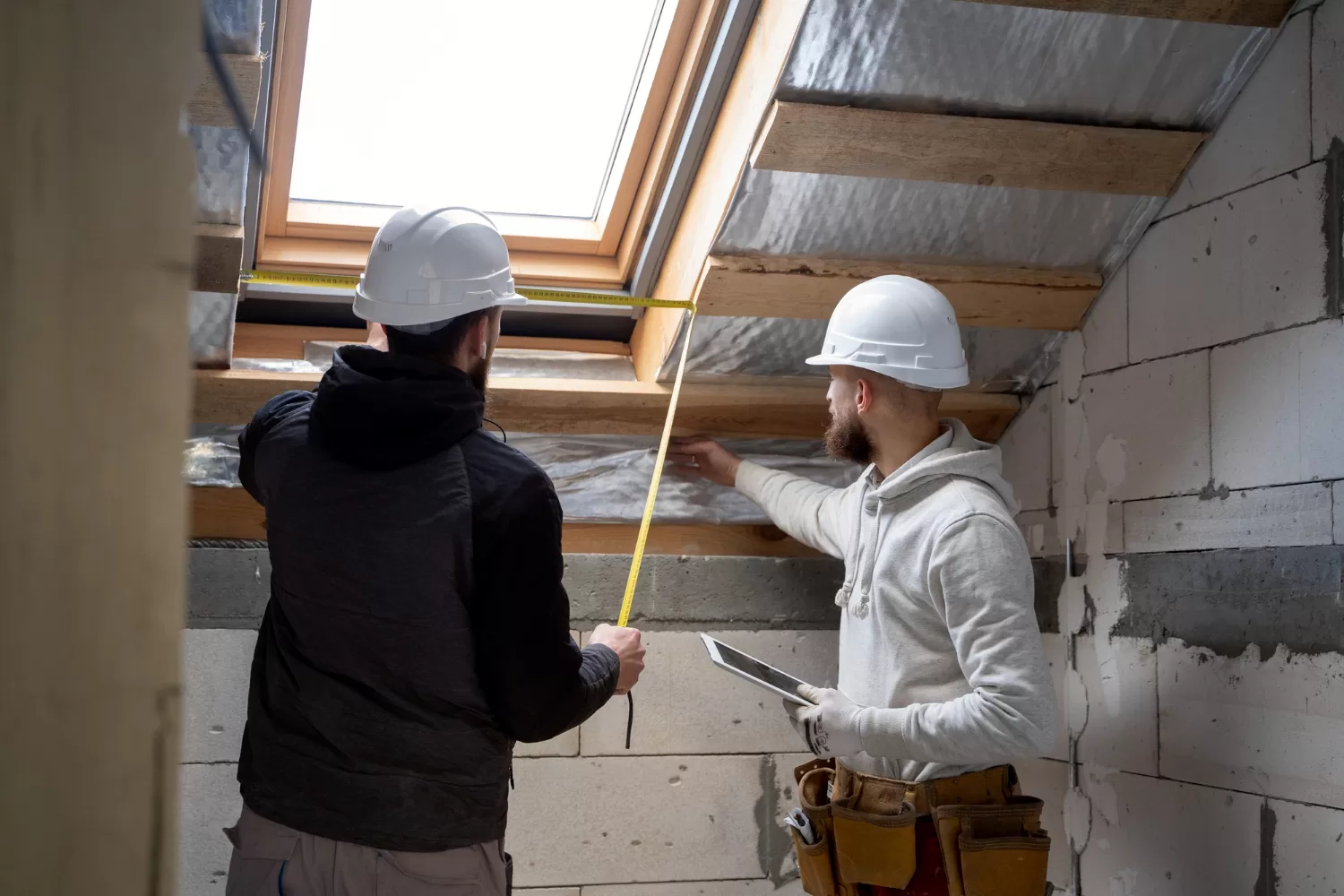Dampness is a common concern in any home. Rising damp however is a particularly serious issue because it can lead to various problems, including mould growth, decayed timbers, and structural damage.
One question we often get is whether a simple water leak can cause rising damp in your home?
In this article, we’ll explore what is rising damp, the relationship between water leaks and rising damp, common causes, and what you can do to prevent it.
Understanding Rising Damp
Rising damp refers to the vertical movement of water from the ground upwards, infiltrating walls, bricks, and timbers in a building.
This upwards movement of groundwater is called capillary action. Capillary action is where water moves up against the force of gravity through porous materials such as bricks and mortar. This phenomenon can wreak havoc and destroy your home if not promptly addressed.
Can Water Leaks Cause Rising Damp?
Water leaks from leaking pipes in your wall, broken drains, overflowing drains, flooding causing water seeping through floor, and excess groundwater can all contribute to the occurrence of rising damp.
It can manifest in various forms within a property, with each posing unique challenges. Common types of water leaks include hidden pipe leaks, often concealed within walls or underground, leading to gradual damage and mould growth. Roof leaks, from damaged shingles or faulty flashing can allow rainwater in, and cause significant structural issues if not promptly addressed. Appliance leaks, from malfunctioning dishwashers, washing machines, or refrigerators, can saturate floors and walls, inviting dampness inside your home. Plumbing fixture leaks, in sinks and taps, might seem minor but will accumulate over time, causing gradual and irreparable damage. Detecting these leaks early and addressing them promptly is essential to prevent extensive damage and maintain the integrity of your property.
However, it’s important to note that leaking pipes don’t directly cause rising damp. They have a role in elevating groundwater levels, saturating the surrounding soil. Heightened saturation in soil intensifies the capillary action, causing moisture to be drawn upwards through the walls. The pressure generated by this process can even breach waterproof damp-proof courses, the protective barriers designed to prevent such moisture intrusion.
If left unattended, these minor leaks can lead to the gradual accumulation of moisture and, over time, seep into the walls creating rising damp.
Identifying and Addressing Water Leaks
Identifying the source of water in walls and rising damp causes can be a challenging endeavour, but it’s not impossible to locate a leaking pipe in your walls.
Whether from tiny, inconspicuous cracks or more noticeable breaches, leaks must be addressed promptly to prevent them from evolving into larger issues that can be destructive to your home. Fortunately, there are several proactive measures homeowners can take to safeguard their properties against the menace of rising damp.
Regular Inspections
Frequent and thorough inspections of plumbing systems, roofs, and external drainage are indispensable in the battle against rising damp. Especially because these inspections serve as the homes’ first line of defence.
Some of the things you should look for when conducting inspections are:
- Visible water stains: Look for discoloured patches or streaks on walls, which indicate water seepage.
- Peeling or bubbling paint: Moisture from leaking pipes can cause paint to peel or bubble, especially near the floor or ceiling.
- Musty odour: Rising dampness causes a persistent musty smell, similar to dampness, which could indicate hidden water leaks behind walls.
- Mould or mildew growth: The presence of mould or mildew on walls is a clear indicator of excess moisture, possibly due to a hidden leak.
- Unexplained increase in water bills: If your water bills have spiked without an apparent reason, a leaking pipe in your wall could be a suspect.
Proper Maintenance
Prevention stands as the cornerstone of effective property management. An often-overlooked yet crucial aspect of leak prevention is regular maintenance. When pipes, gutters, and drains are neglected, it can accumulate debris and clog over time. These blockages not only obstruct the natural flow of water but also create pressure points, paving the way for potential leaks.
Damp-Proof Course
One of the best steps to secure your home is ensuring that your property is equipped with a robust damp-proof course (DPC). This essential barrier acts as a shield, preventing moisture from seeping through walls and causing damp issues. It’s crucial to have a professional assess your property and recommend a tailored DPC solution. Each building presents unique challenges, and a customised approach ensures that your home is effectively protected against dampness.
Leaking pipes in your wall are a significant factor contributing to rising damp in buildings. Your best option is to be vigilant about identifying rising damp causes and repairing leaks promptly to prevent permanent damage to your home.
For expert assistance in identifying and resolving rising damp problems caused by water leaks, contact our experienced team at CS Damp Proofing. Don’t let water leaks escalate into rising damp issues – act now to preserve the integrity of your home.

